Small mammals are generally regarded in the pet sector as starter pets for children and young people. This and other reasons mean that this pet category will probably remain very important for the pet supplies trade in the future.The presentation of small animals in pet stores takes up a lot of space. It is very labour-intensive and calls for competent staff who are familiar with the pets and their needs. Because of this, the small animal category plays second fiddle to the lucrative dog and cat segments in pet stores in many countries. This is evident also from the conditions in which the animals are kept in many stores: many dwarf rabbits, hamsters and guinea pigs are still kept in plastic houses and mini-cages that are far too small. The animals have nowhere to retreat to and little to keep them occupied. There is scope for improvement, therefore, and better design of small animal departments might also yield more success.
Magnet for young customers
Small animals act as a magnet for young customers in pet stores. They are appealing creatures and in many cases provide the initial stimulus for getting girls and boys interested in pet keeping. Pet retailers in a growing number of countries are switching to advising that small animals are sociable creatures and should be kept in pairs where possible for animal welfare reasons. This approach is likely to bring further growth in the population figures for these pets in the next few years.
UK, France and Germany
Sales are not yet showing uniform development across the entire small animal category: in large regions across the globe, the segment is stagnating or is still in its infancy. In the UK, one of the leading pet markets in Europe, the volume of sales of food for small animals is a mere £65 mio (approx. 73 mio euros), according to estimates by the PFMA industry association. 1.9 mio pets are kept in 1.2 mio UK households, equivalent to roughly 4.3 per cent of the overall population. The proportion of households with children and small pets is higher, with 8.3 per cent of households keeping small mammals.
In France there are approx. 3.2 mio small animals, according to Prom'Animal, the French industry association. This equates to around 3.7 per cent of all households. The overall market is estimated to have a sales volume of 150 mio euros, although the trend in recent years has tended to be static and even slightly downward. No upturn is in sight.
Even in Germany, where the small animal population is highest in…

 Menü
Menü

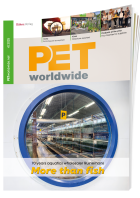



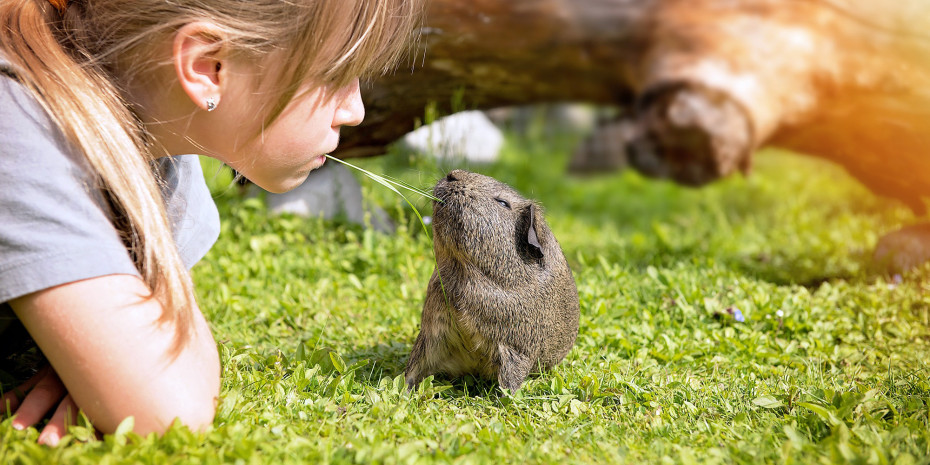


 1/2019
1/2019
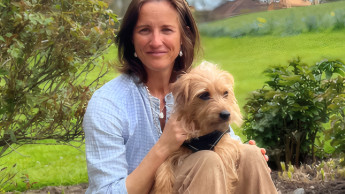

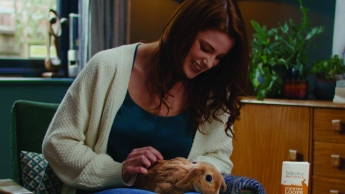
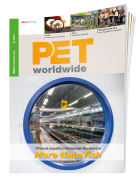


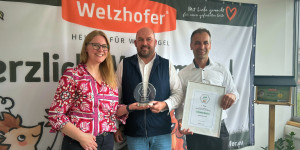


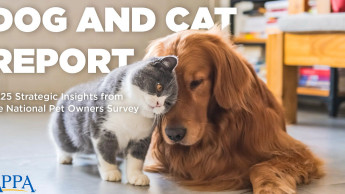
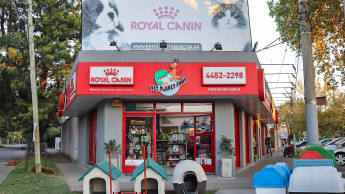

 Newsletter
Newsletter